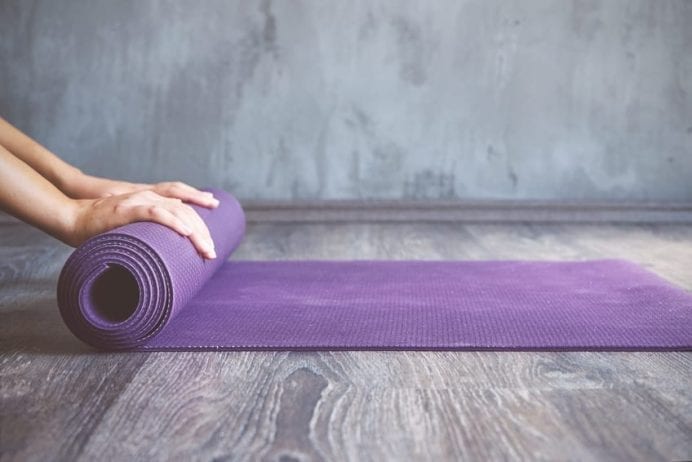
Getting older is a part of life, and until they figure out a way to prolong the human lifespan, it’s inevitable.
For most people, the tell-tale signs of getting old are the creaks of bones and joints and the occasional grunt from trying to get up from a seated position. Eventually, those signs begin to get more severe, until aging becomes analogous with immobility.
A higher age doesn’t have to mean a higher occurrence of the problems that usually come along with it, though.
Exercise can be the key to keeping your mobility even in your later years, according to a study conducted by a professor of medicine at the Yale University School of Medicine.
In the study, 1,600 seniors who typically refrained from physical exercise were split into two groups: one group exercised, the other didn’t. The results of the study concluded that those who exercised were 25% less likely to become disabled or injured than those who did not.
Dr. Thomas Gill, the Yale professor who led the study, commented on the findings, stating that “the benefit wasn’t just limited to preventing initial onset of disability but was also effective in promoting recovery after a disability,” according to an article published in TIME Health. Gill also noted that “…once the recovery occurred, the intervention was effective in preventing subsequent episodes of disability.”
So whether your life is just starting out or you’re over the hill, there are numerous ways to exercise in an effort to stay mobile.
Experts at Harvard Medical School posted an article to their Harvard Health Blog, in which they talk about the best way to get started. Some of their advice includes the following.
Before jumping head first into a full exercise program, start with just 10 minutes. As you get comfortable, work your way up to the full amount. Once you’re able, you should get a minimum of 150 minutes of moderate exercise a week, such as walking. The typical adult takes between 4,000 and 6,000 steps a day, and 150 minutes equates to about 9,000 steps, making it a relatively attainable task. You’ll also want to perform weighted resistance training about three times a week, but be sure to take a rest day in between each training day. Lastly, be sure to stretch and improve your balance every day.
As you age, exercising can be difficult without assistance or motivation. If you’re older, consider joining classes and programs that are geared towards your individual needs and abilities. If proper exercise is ignored, you could potentially begin needing assistive devices such as a cane to help you stay mobile, which roughly 6.8 million Americans use already.
Don’t be confined to the restrictions of age, take action now to live life on your feet.






